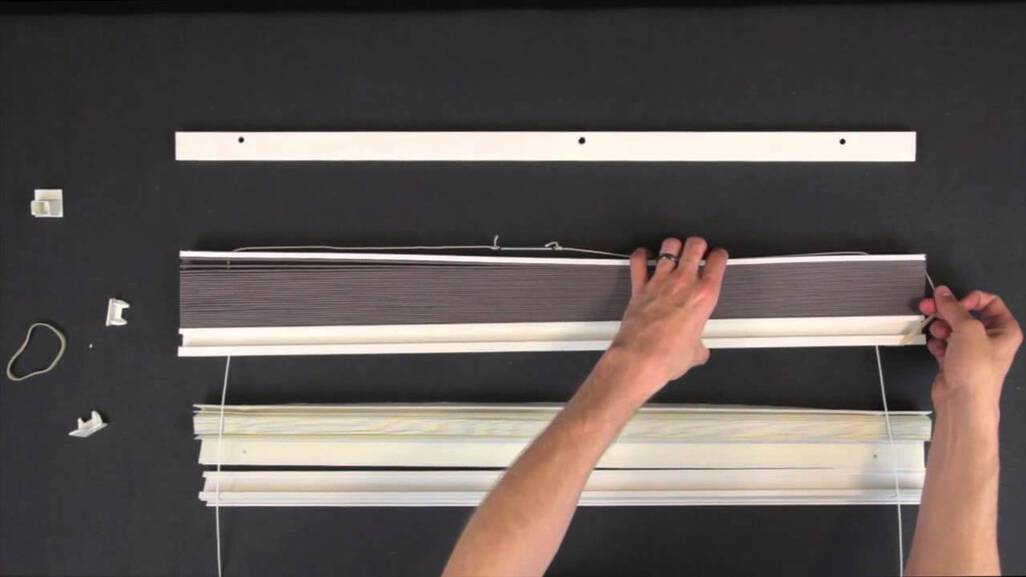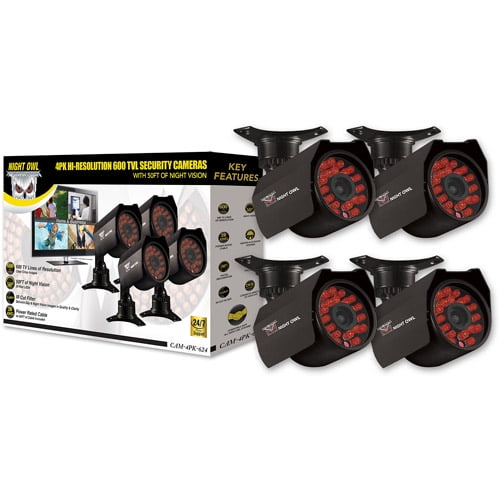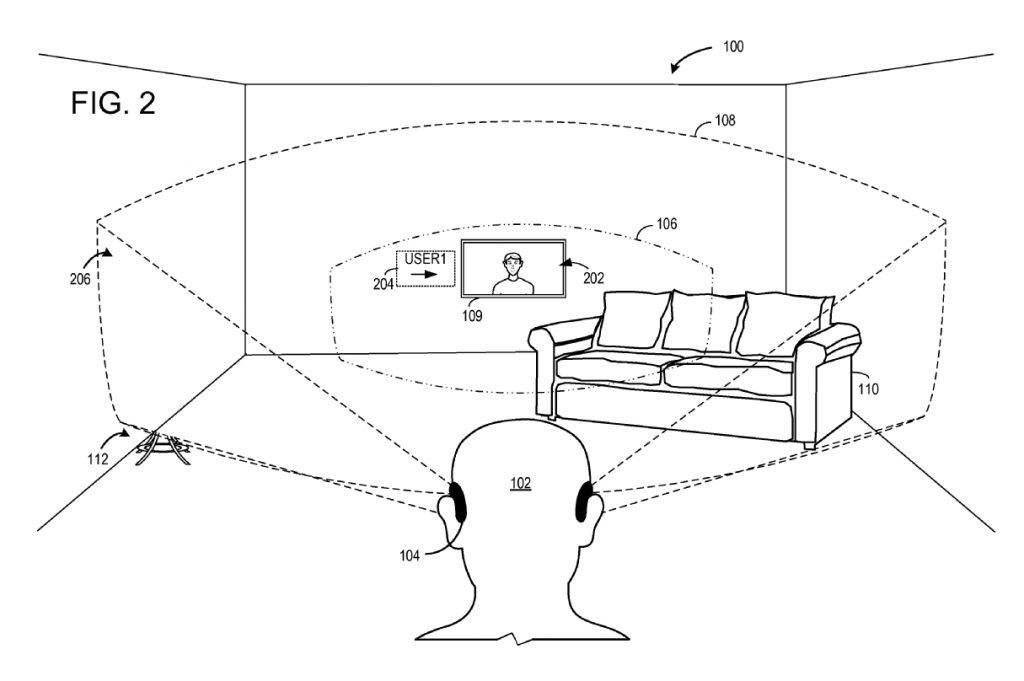
So don’t ever believe datasheets saying a camera is good down to 0.1 lux because your own proper testing is the only way to discover the truth. Noise created by cameras struggling in low light can also destroy details that would be kept in good light. Bear in mind that this will naturally reduce night-time sensitivity so make sure there is enough light. You need to set a sufficiently fast shutter to freeze the motion.Īlmost no one ever sets this up properly. The factory default CCTV camera settings give us motion blur at walking speed which destroys the identification details that all those pixels were meant to give us.

The left-hand image has a camera shutter of 1/30s, which is probably true of every camera that’s fitted and left on factory default camera settings. The right-hand image has the shutter deliberately shortened to 1/125s. Using one of the UK Home Office CCTV test faces we can see how sufficient detail can still get destroyed (see below right). Ok, so you have enough ‘pixels on target’ for identification, but what if your target is moving? People often walk.
Adjusting resolutionon nightowl how to#
If you want to know how to design this properly, have a look at this earlier article “ CCTV Guide – Setting your Objectives and Requirements”. Same camera, same day, same zoom lens but, importantly, no Photoshop fakery that we see from so many CCTV advertisers. The right-hand image is the small one magnified so you can compare its limitations. Guess what? There’s only half as much small detail can be resolved. Zooming the lens out made the Digikin in the centre become only 285 pixels high (about half as many). The left-hand Digikin target is 550 pixels high. Let’s see some real world captures from an HD camera I tested. Without sufficient pixels in the face you want to identify, magic won’t make them appear.


They genuinely and mistakenly think buying HD cameras and relying on CSI labs will be enough! No it won’t. However, it still frightens me how many installers and security management professionals I meet who actually don’t understand this basic concept. It’s fairly well known that you need enough pixels in your image to achieve the details you need. People who are willing to make the effort for ‘wow’ can read in the next few minutes what can make a big difference to their CCTV clarity. Installers and owners who are happy with ‘ho-hum’ read no further. The right CCTV camera settings make the difference between images that are ‘ho-hum’ or ‘wow’. In 20 he entered the Security Excellence Awards and was a finalist in the ‘Best Security Consultant’ category.
Adjusting resolutionon nightowl software#
Simon has developed 3D graphics techniques and software for the CCTV industry, as well as accepting speaking invitations for conferences, television and radio, with many commissions to create articles and graphics for industry periodicals. In addition, he has provided expert witness services in CCTV and forensic analysis of video and audio recordings. He is Technical Lead on the CCTV National Standards Forum and sits on the British Standards Institution CCTV committee.Īs an Engineer with 27 years’ experience in commercial, military & security systems design, including technical sales for large and small security systems companies, Simon’s work focuses on surveying, design, cost estimating, specifications, tender processes and managing projects. Elected a Director of the Association of Security Consultants for 12 years, he is also a member of the Institution of Engineering & Technology (formerly IEE) and an accredited Assessor for the National Endowment for Science, Technology and the Arts (NESTA) on CCTV and related security systems. Simon gained a degree in Physics and Electronics always immersed in a technical career.


 0 kommentar(er)
0 kommentar(er)
